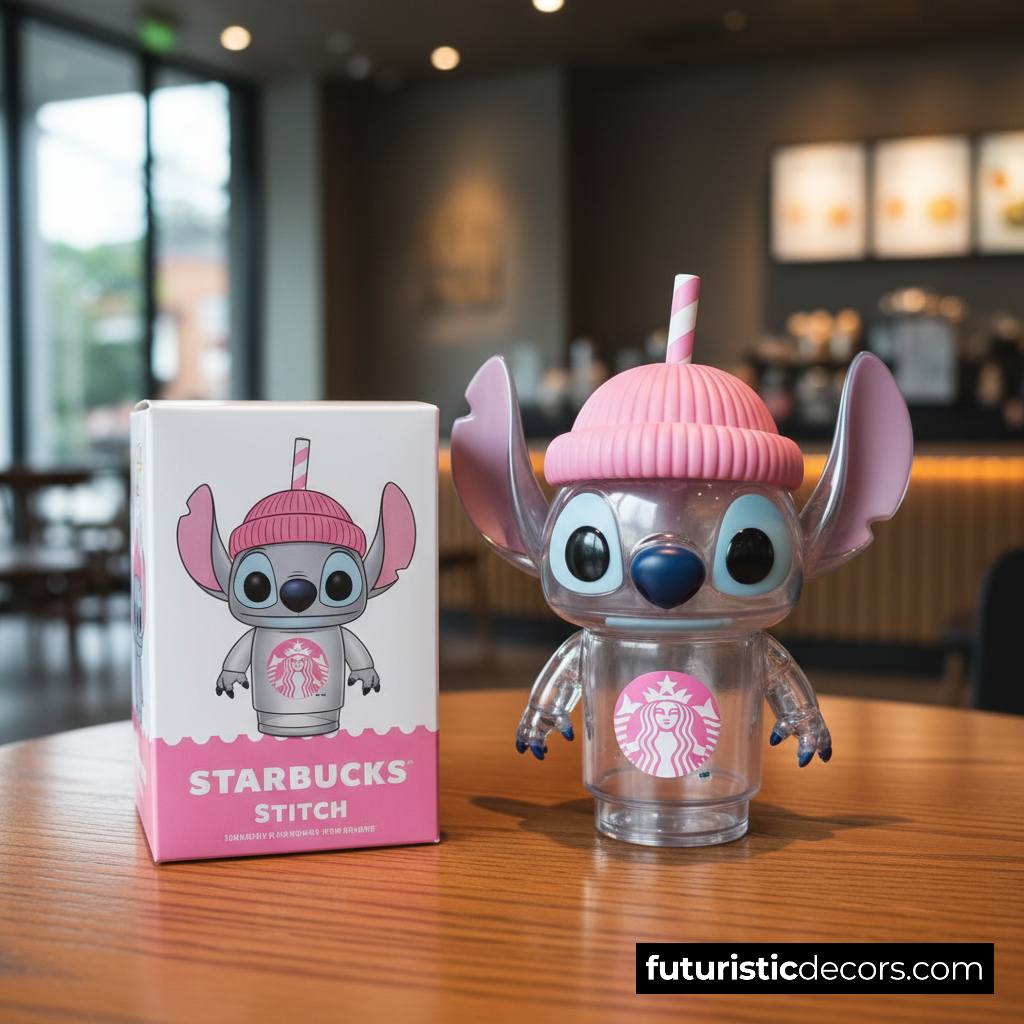The Cultural Significance of Dragons
Before diving into the specifics of the Coca-Cola Dragon, it’s important to understand the profound cultural significance that dragons hold in various societies, particularly in Eastern cultures. Unlike their Western counterparts, which are often depicted as fearsome and malevolent creatures, Eastern dragons are symbols of power, wisdom, and good fortune. In Chinese mythology, for instance, dragons are revered as benevolent beings that bring rain, control water, and influence the course of the heavens. They are seen as protectors and are deeply intertwined with imperial authority and the natural world.

The dragon motif has been a staple in Asian art, architecture, and literature for centuries. From the intricate dragon carvings in ancient temples to the vibrant dragon dances performed during Chinese New Year, the dragon is an enduring symbol of cultural identity and pride. By integrating this powerful symbol into a global brand like Coca-Cola, the Coca-Cola Dragon edition bridges the gap between tradition and modernity, creating a product that resonates on multiple levels.
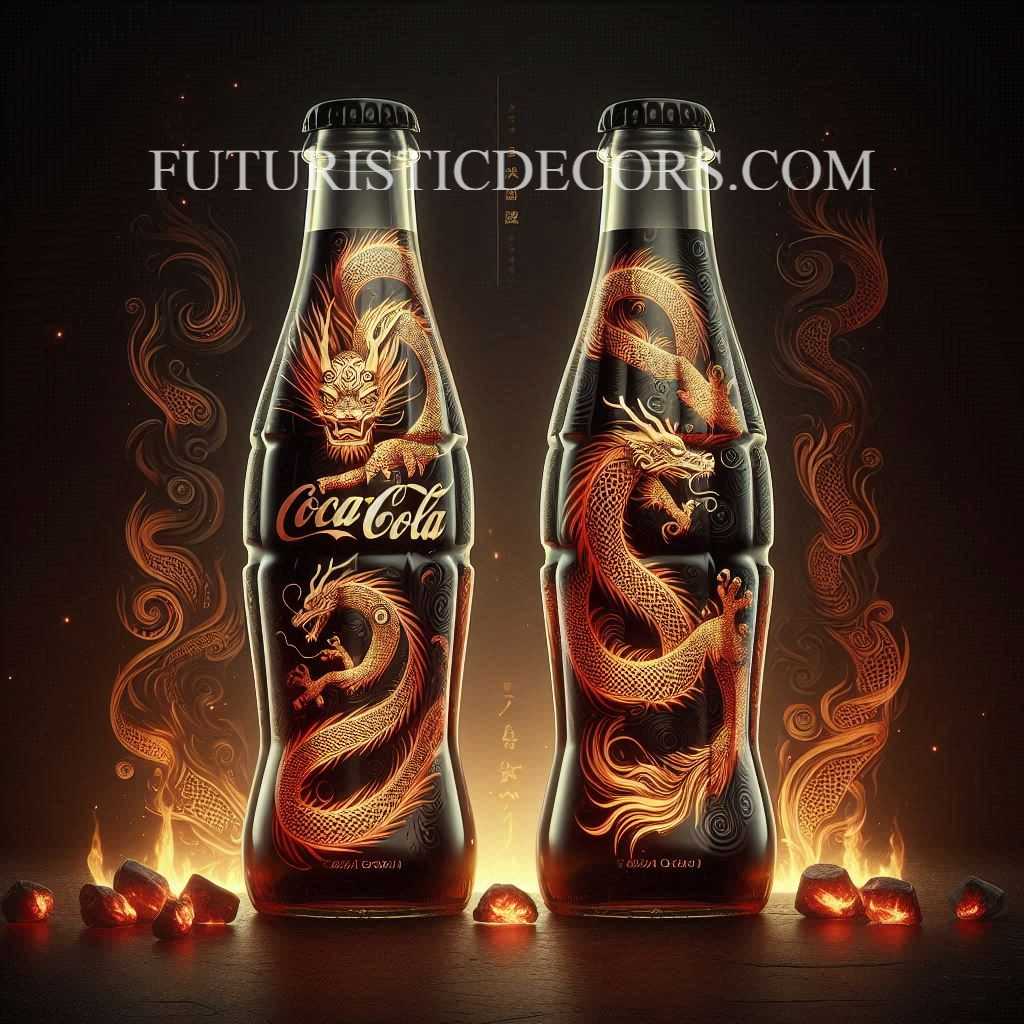
The Design and Aesthetic of the Coca-Cola Dragon Bottle
The Coca-Cola Dragon bottle is a masterpiece of design, blending the brand’s classic elements with the intricate details of dragon iconography. The bottle itself retains the iconic contour shape that Coca-Cola is known for, but the exterior is transformed into a canvas for artistic expression. The dragon pattern, which wraps around the bottle, is meticulously designed to capture the fluidity and grace of the mythical creature.
The dragon is depicted in a traditional Eastern style, with sinuous curves, elaborate scales, and a dynamic pose that suggests movement and vitality. The color palette used in the design is rich and symbolic, often featuring gold, red, and black—colors that are deeply associated with prosperity, luck, and strength in Chinese culture. The use of these colors not only enhances the visual appeal of the bottle but also adds layers of meaning that resonate with consumers familiar with the cultural context.
The decision to print a dragon pattern on the Coca-Cola bottle is not just a stylistic choice; it’s a strategic one. The design reflects a deep respect for cultural heritage while also appealing to a global audience. The dragon, as a symbol, is universally recognized, and its incorporation into the Coca-Cola brand creates a product that is both familiar and exotic, making it a collector’s item and a conversation piece.
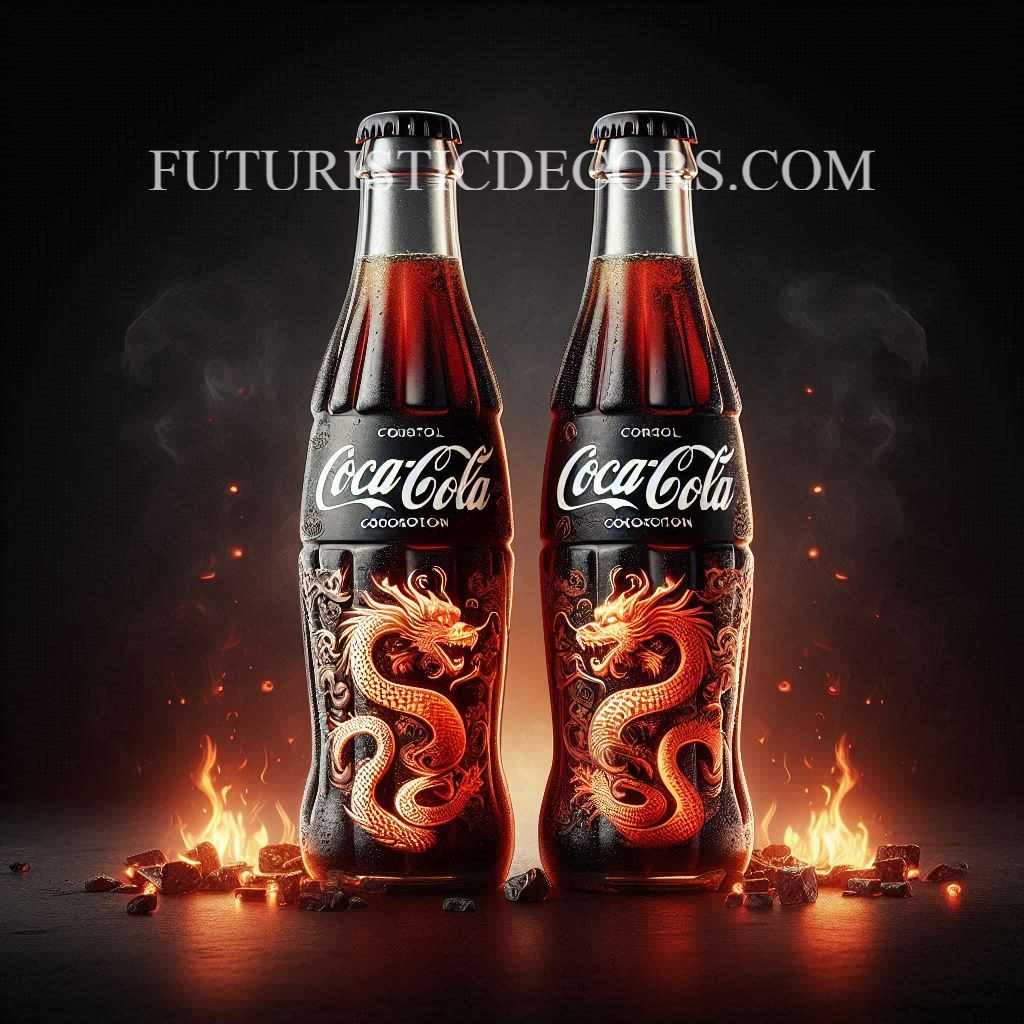
The Inspiration Behind the Coca-Cola Dragon
The inspiration for the Coca-Cola Dragon edition likely stems from the brand’s ongoing efforts to celebrate cultural diversity and connect with consumers on a deeper level. Coca-Cola has a history of creating limited-edition products that pay homage to different cultures, and the Coca-Cola Dragon is a continuation of this tradition. By choosing the dragon as the central motif, Coca-Cola is acknowledging the importance of this symbol in Eastern cultures while also tapping into the growing global interest in cultural exchange and appreciation.
The dragon is a particularly fitting choice for Coca-Cola, a brand that is synonymous with energy, dynamism, and refreshment. The dragon, with its associations with power and vitality, complements these brand attributes perfectly. Furthermore, the dragon’s role as a guardian and protector aligns with Coca-Cola’s commitment to quality and consistency, reinforcing the brand’s image as a reliable and trusted global beverage.
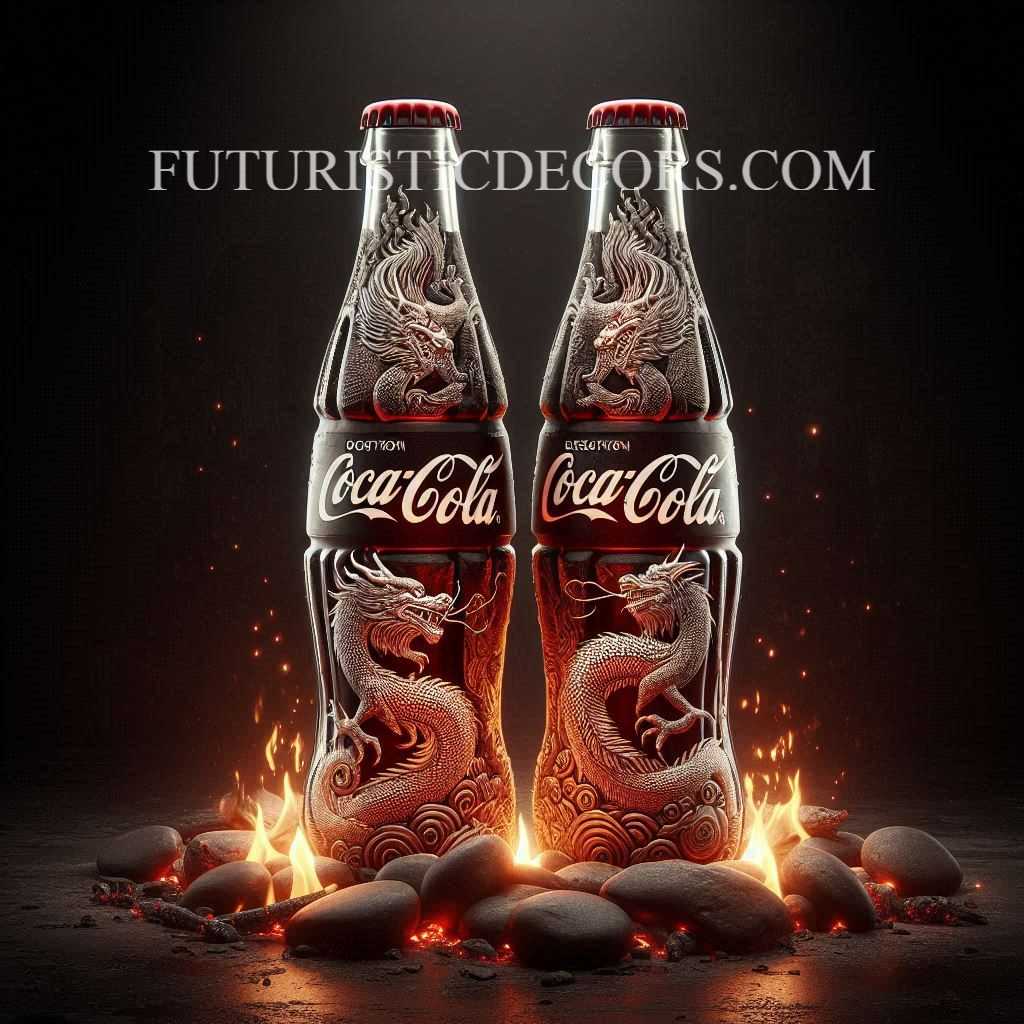
The Launch and Reception of the Coca-Cola Dragon
The launch of the Coca-Cola Dragonn edition was a carefully orchestrated event, designed to generate excitement and anticipation among consumers. Coca-Cola utilized a multi-channel marketing strategy to promote the new bottle, leveraging social media, traditional advertising, and experiential marketing to reach a broad audience. The campaign emphasized the limited availability of the Coca-Cola Dragon bottle, positioning it as a must-have item for collectors and fans of the brand.
One of the highlights of the launch was a series of pop-up events in major cities around the world, where consumers could purchase the Coca-Cola Dragon bottle and participate in cultural activities inspired by the dragon motif. These events were designed to immerse attendees in the cultural significance of the dragon, with activities such as dragon dance performances, calligraphy workshops, and interactive exhibits on the history of dragons in art and mythology. The pop-up events were a huge success, drawing large crowds and generating significant media coverage.
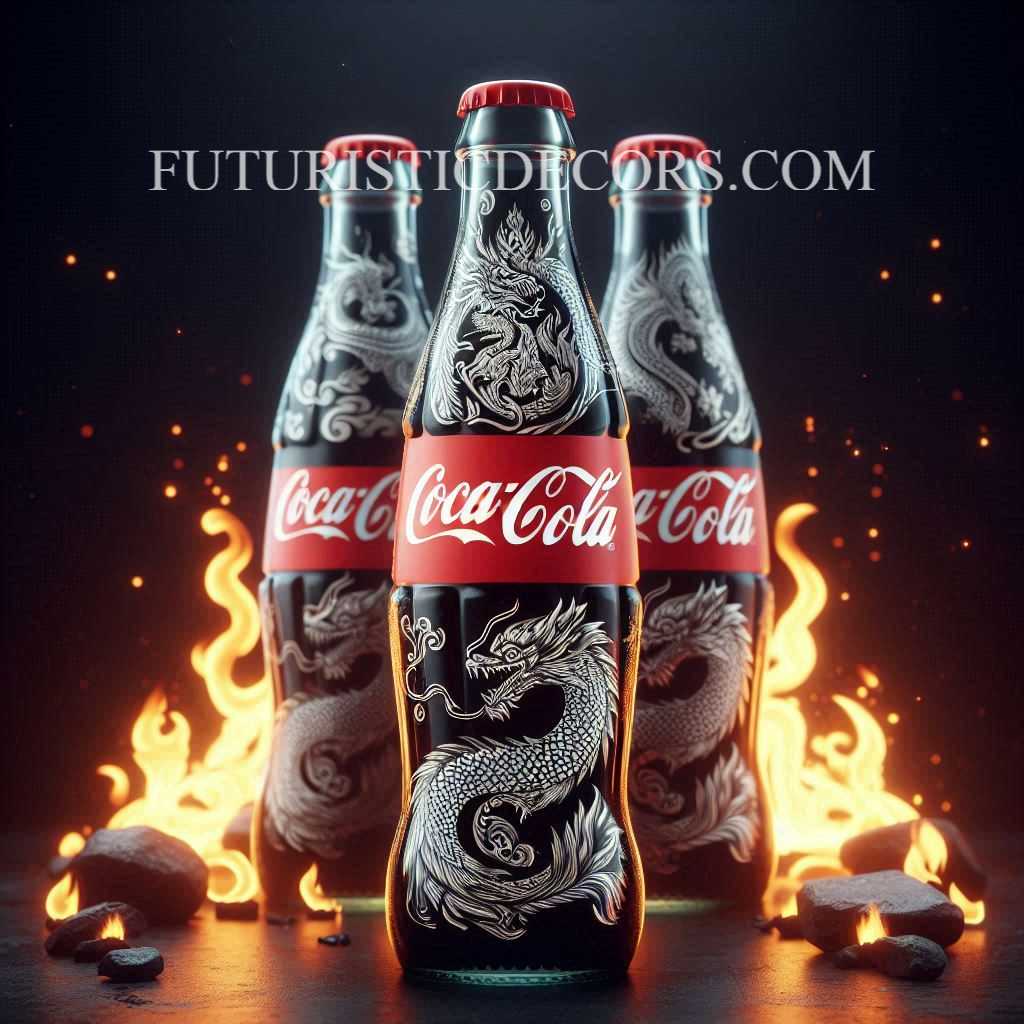
The reception of the Coca-Cola Dragon edition was overwhelmingly positive. Consumers praised the design and cultural significance of the bottle, and many expressed appreciation for Coca-Cola’s efforts to celebrate and respect cultural diversity. The limited-edition bottles quickly became highly sought after, with some selling out within days of the launch. The success of the Coca-Cola Dragon edition demonstrated the power of cultural symbolism in branding and the effectiveness of limited-edition products in creating consumer excitement and loyalty.
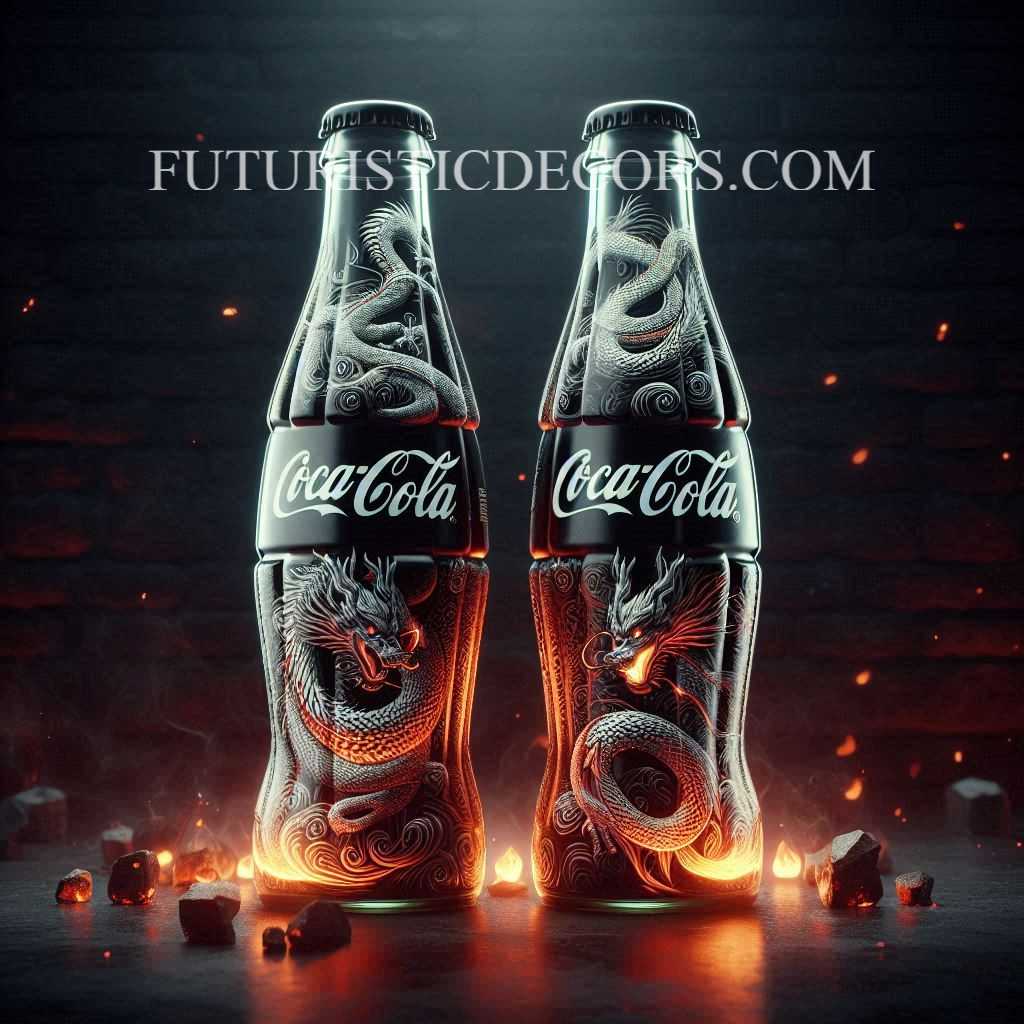
The Symbolism of the Coca-Cola Dragon in Modern Branding
In the modern branding landscape, symbolism plays a crucial role in shaping consumer perceptions and driving brand loyalty. The Coca-Cola Dragon edition is a prime example of how a brand can use symbolism to create a deeper connection with consumers. By incorporating a culturally significant symbol like the dragon into its packaging, Coca-Cola is not only appealing to consumers’ aesthetic preferences but also tapping into their emotional and cultural identities.
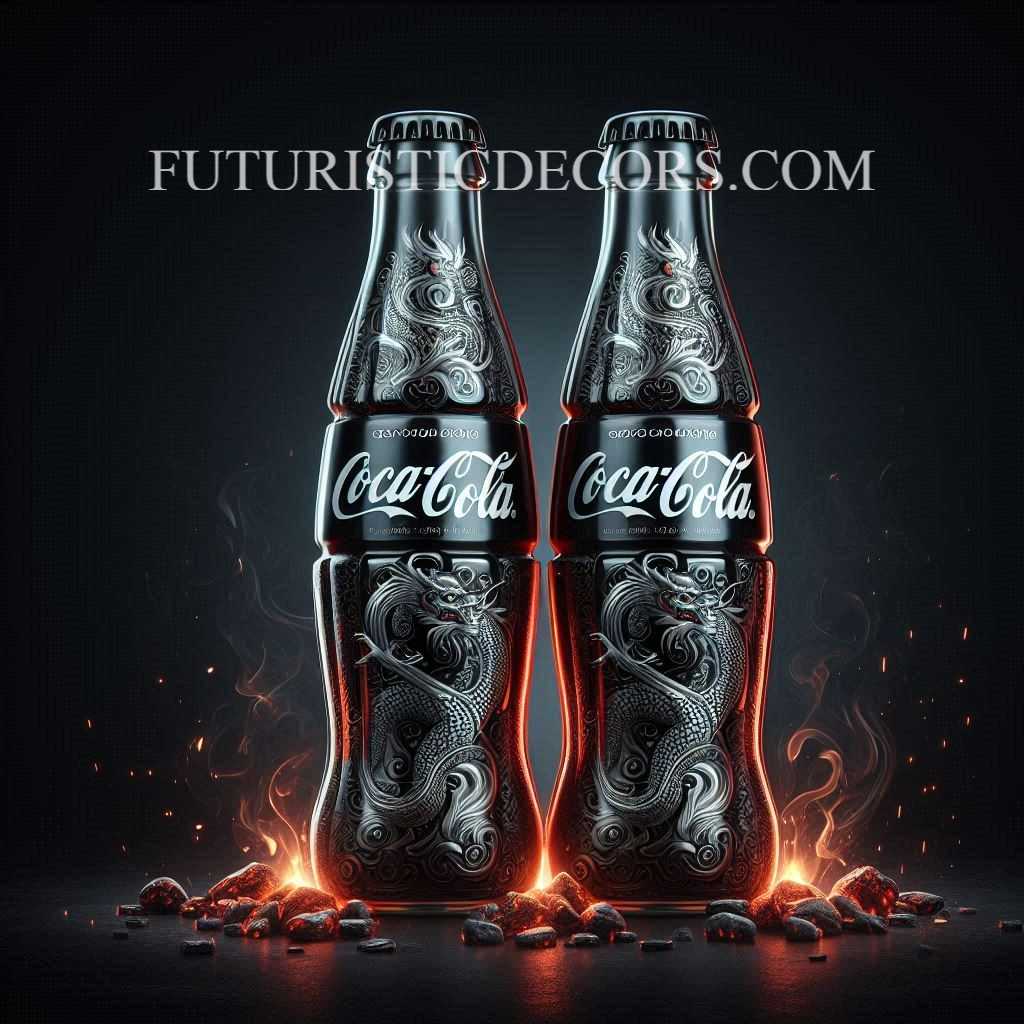
The Coca-Cola Dragon bottle serves as a reminder that brands are more than just products; they are cultural artifacts that reflect and influence the societies in which they operate. In this case, the dragon pattern on the Coca-Cola bottle is a symbol of cultural pride, a celebration of heritage, and a statement of global unity. It shows that Coca-Cola is not just a beverage; it’s a brand that understands and respects the diverse cultures of its consumers.
Collectibility and the Coca-Cola Dragon
One of the most intriguing aspects of the Coca-Cola Dragon edition is its potential as a collectible item. Coca-Cola has a long history of producing collectible bottles and cans, and the Coca-Cola Dragon edition is poised to become one of the most sought-after items in this category. Collectors of Coca-Cola memorabilia are drawn to the unique design and limited availability of the Coca-Cola Dragon bottle, making it a valuable addition to any collection.
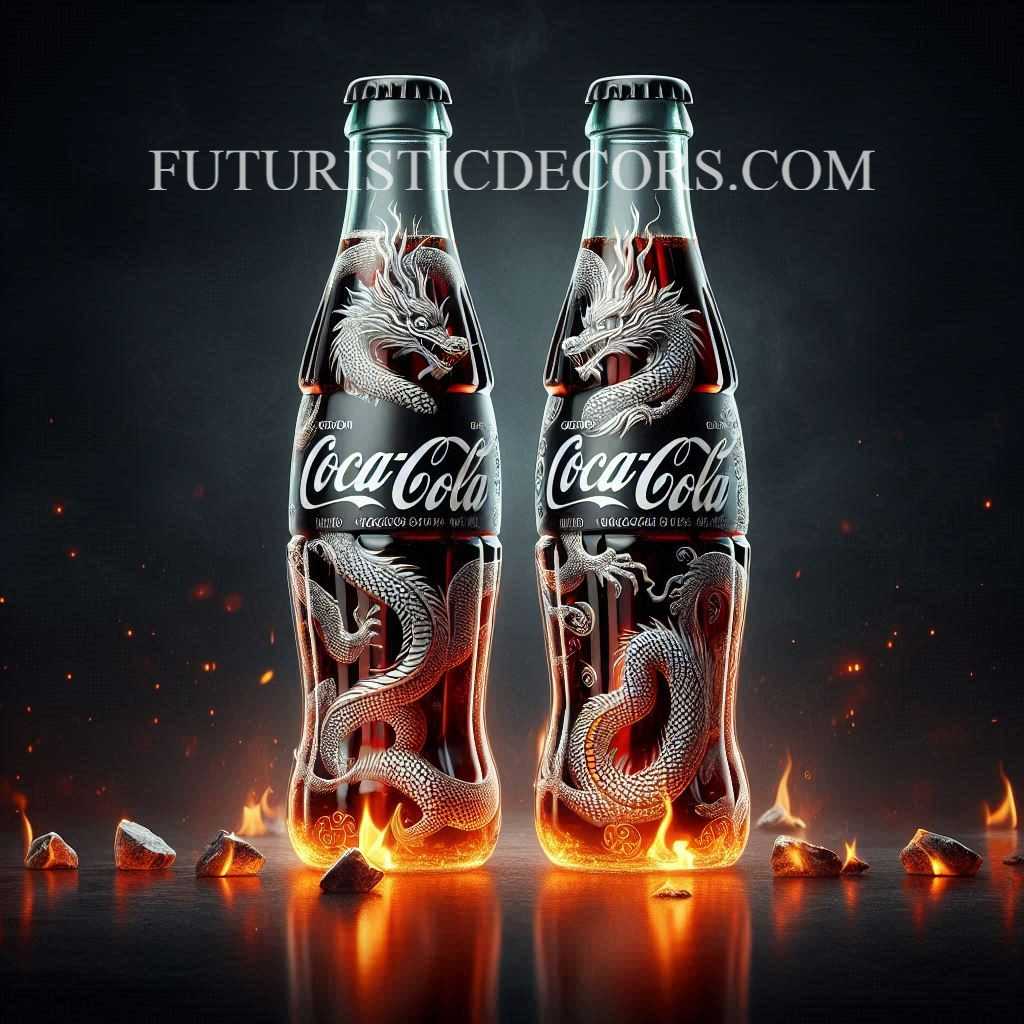
The collectibility of the Coca-Cola Dragon bottle is enhanced by its cultural significance. As a symbol of Eastern heritage and global unity, the bottle holds a special place in the hearts of collectors who appreciate the deeper meaning behind the design. The dragon motif adds a layer of prestige and allure to the bottle, making it more than just a container for a beverage; it’s a piece of art and a symbol of cultural connection.
The Future of Cultural Branding in Coca-Cola
The success of the Coca-Cola Dragon edition raises interesting questions about the future of cultural branding in Coca-Cola and other global brands. As consumers become increasingly interested in cultural diversity and global connectivity, brands will need to find new ways to resonate with these values. The Coca-Cola Dragon is an example of how a brand can successfully integrate cultural symbolism into its products, creating a deeper connection with consumers and enhancing the brand’s global appeal.
Moving forward, it is likely that Coca-Cola and other brands will continue to explore cultural themes in their marketing and product design. By celebrating the unique traditions and symbols of different cultures, brands can create products that are not only visually appealing but also meaningful and relevant to a global audience. The Coca-Cola Dragon edition is a testament to the power of cultural branding and a blueprint for how brands can navigate the complex and interconnected world of modern consumerism.
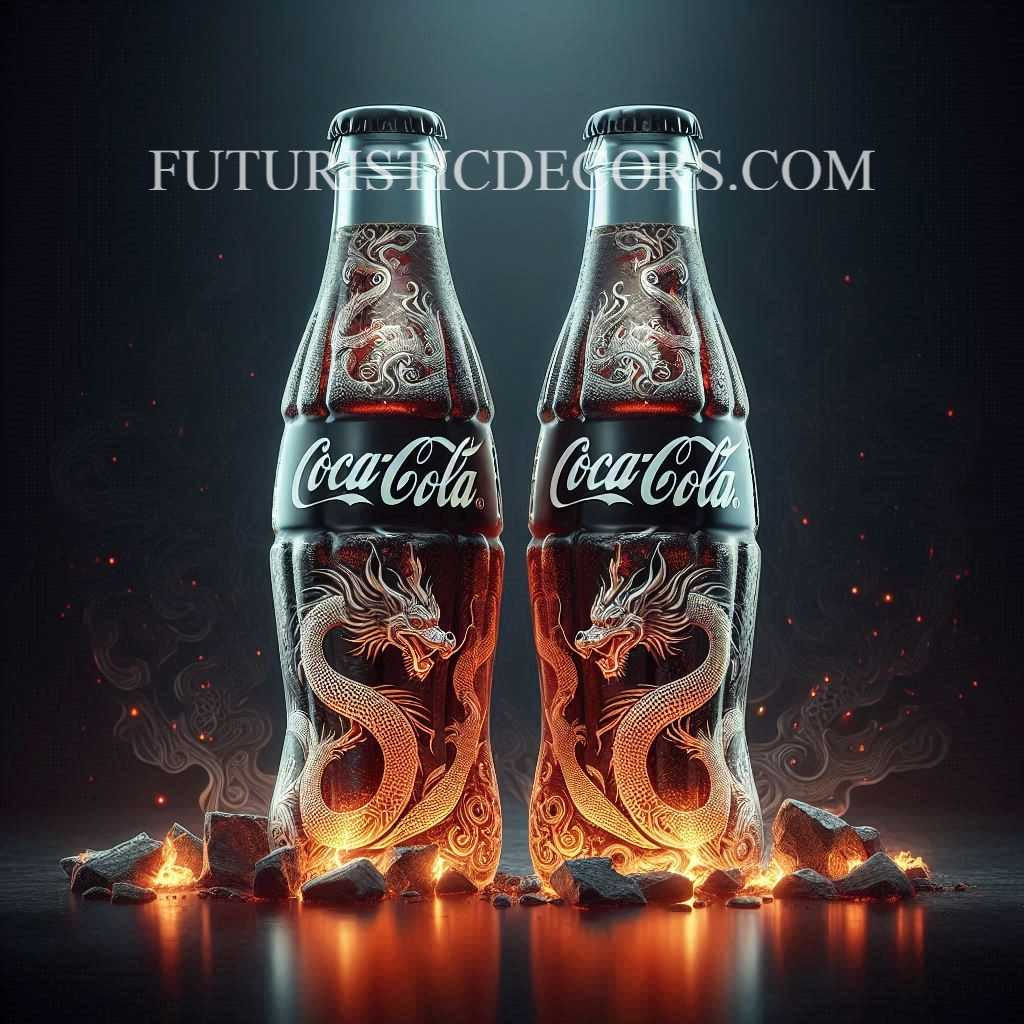
The Global Impact of the Coca-Cola Dragon
The Coca-Cola Dragon edition, with its unique design and cultural symbolism, has had a significant impact on the global stage. Beyond its aesthetic appeal, this special edition has served as a bridge between Eastern and Western cultures, fostering greater understanding and appreciation of cultural diversity. In a world that is increasingly interconnected, the Coca-Cola Dragon represents a shift towards more inclusive and culturally sensitive branding strategies.
Bridging Cultures Through Design
One of the most remarkable aspects of the Coca-Cola Dragon is its ability to transcend cultural boundaries. While the dragon is a deeply rooted symbol in Eastern cultures, particularly in China, its incorporation into a globally recognized brand like Coca-Cola allows it to be appreciated by a much wider audience. This blending of cultural symbols creates a shared experience that brings people from different backgrounds together, fostering a sense of global unity.
The Coca-Cola Dragon bottle is more than just a product; it is a cultural artifact that tells a story. For many consumers in the West, it may be their first introduction to the rich symbolism of the dragon in Eastern cultures. Conversely, for consumers in the East, the Coca-Cola Dragon serves as a source of pride, showcasing a beloved cultural symbol on a global platform. This mutual exchange of cultural values is a powerful reminder of the role that brands can play in promoting cross-cultural understanding.
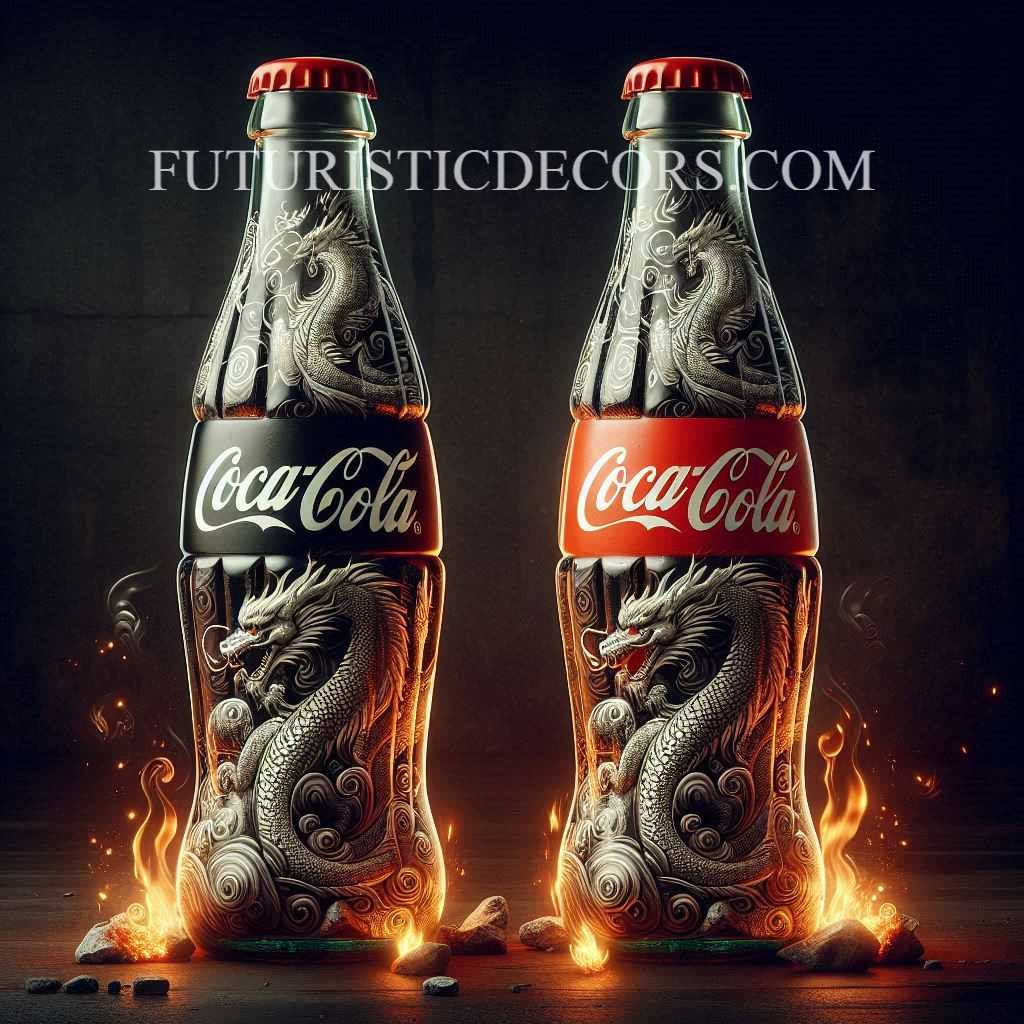
The Role of Limited Editions in Branding
Limited editions, such as the Coca-Cola Dragon, have become a popular strategy for brands looking to create buzz and drive consumer interest. By offering a product in limited quantities, brands can create a sense of exclusivity and urgency, encouraging consumers to act quickly to secure their purchase. This strategy not only boosts sales but also enhances the perceived value of the product.
The Coca-Cola Dragon edition is a prime example of how limited editions can elevate a brand’s status and appeal. The scarcity of the Coca-Cola Dragon bottle makes it a coveted item among collectors and fans of the brand. Moreover, the cultural significance of the dragon pattern adds an extra layer of value, making the Coca-Cola Dragon more than just a collectible—it’s a symbol of cultural pride and global unity.
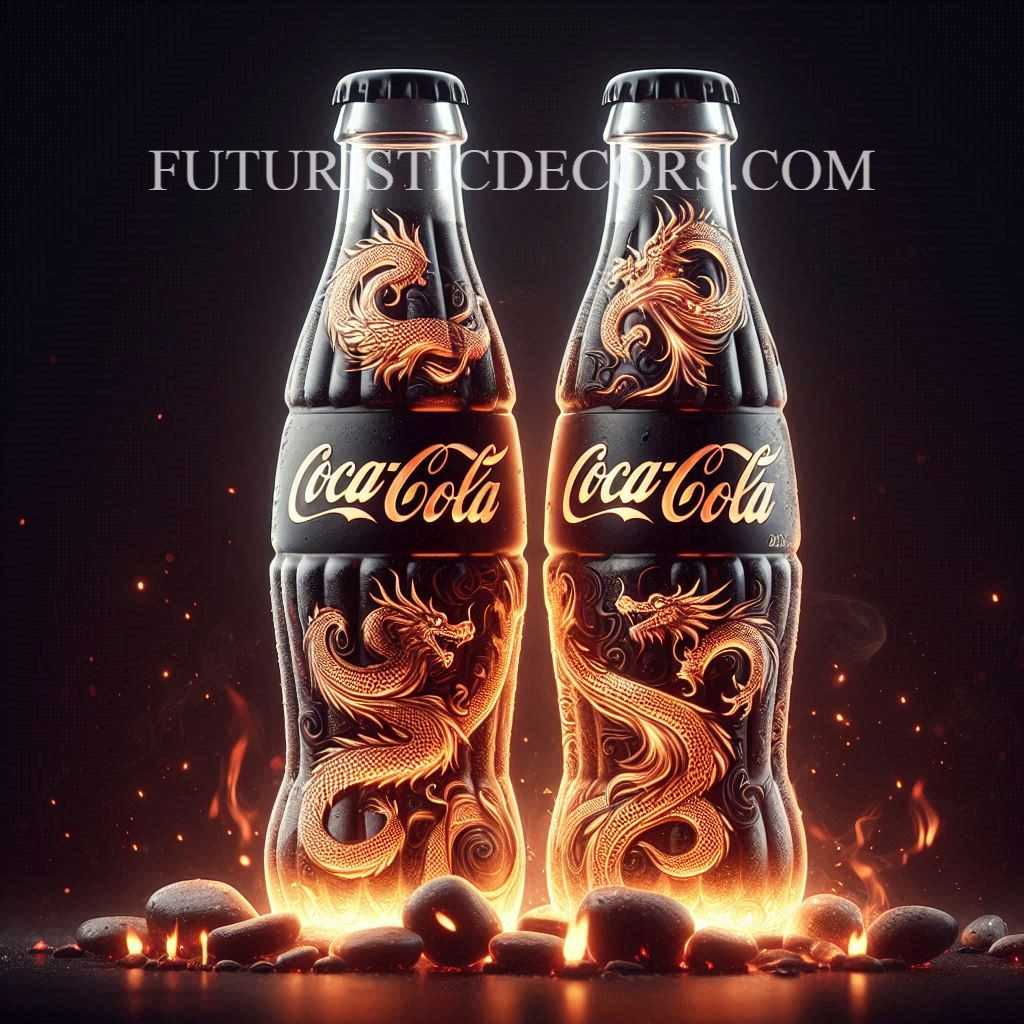
Coca-Cola’s Commitment to Cultural Appreciation
The Coca-Cola Dragon edition is a testament to Coca-Cola’s ongoing commitment to cultural appreciation and diversity. Over the years, Coca-Cola has launched numerous campaigns and products that celebrate different cultures, from the FIFA World Cup bottles that highlight various national teams to the “Share a Coke” campaign that featured names in multiple languages. The Coca-Cola Dragon continues this tradition, demonstrating the brand’s dedication to honoring and celebrating the world’s rich cultural tapestry.
The Coca-Cola Dragon edition is more than just a special version of the iconic Coca-Cola bottle; it’s a celebration of cultural heritage, a symbol of global unity, and a testament to the power of branding. By integrating the dragon pattern into its design, Coca-Cola has created a product that resonates with consumers on multiple levels, from its aesthetic appeal to its cultural significance. The success of the Coca-Cola Dragon edition highlights the importance of cultural symbolism in modern branding and serves as a reminder that brands are not just about products; they are about people, culture, and connection.
As the Coca-Cola Dragon bottle continues to capture the imagination of consumers and collectors alike, it stands as a powerful example of how a brand can use design, symbolism, and cultural appreciation to create a product that is not only memorable but also meaningful. The Coca-Cola Dragon is a shining example of the future of cultural branding, where products are more than just commodities—they are expressions of identity, heritage, and the universal human experience.



